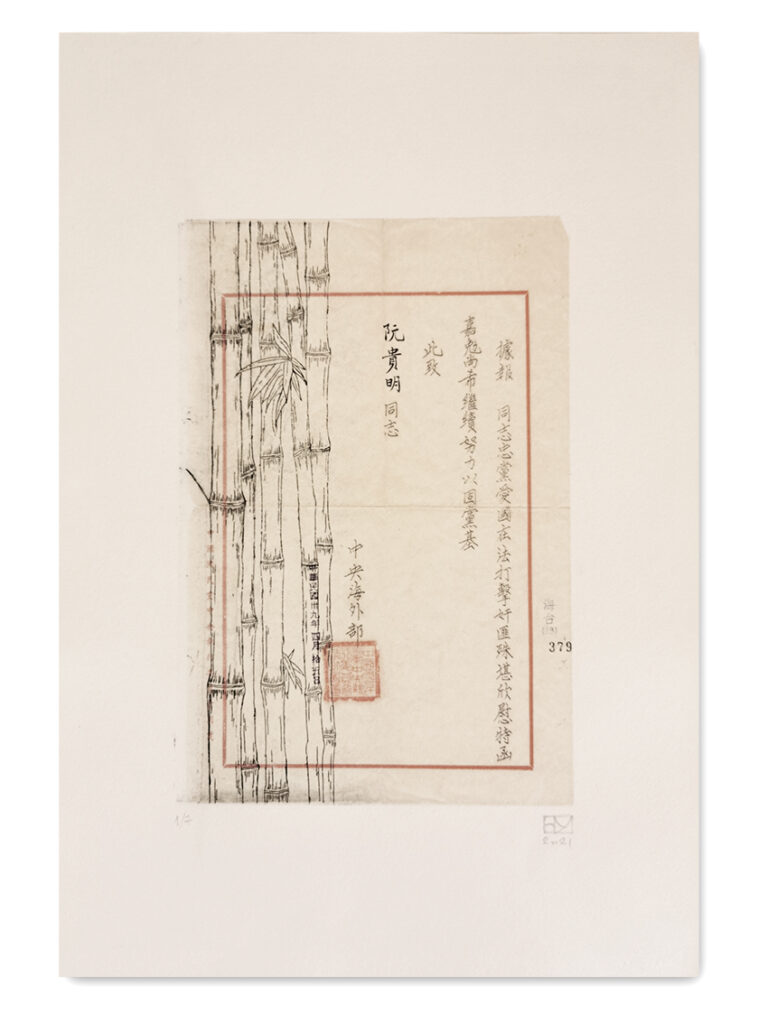Etchings on zinc plates printed on migrants letters





Human migration is one of the most controversial global social phenomena of our era; it represents an essential and inevitable component of the life of every region and country of the globe. Migration flows have been and continue to be an important factor in social, economic and cultural changes. The relationship between migration and history has always been dynamic: migration has made history, and in turn history has given birth to different and complex forms of migration.
Through a series of etching (currently still in progress) of trees and their leaves printed on letters written by migrants to their loved ones who remained in the countries of origin, or on some documents which somehow identify them, “Racines”, intends to suggest the most intimate aspect of the migratory phenomenon, the great difficulties that every migrant, regardless of the country of origin, religion, language, historical period, etc. has had to or must face, hoping to find a place to sink new roots.
The choice of the tree, in this case a Ginkgo Biloba, was made taking into account the plant species belonging to the author’s region of origin (Giba – who arrived in France from China in the 1930s – and Hamdi , who fled to Italy from Somalia in the mid-90s) as well as the symbols that characterize these two plants.
Trees have always represented an extraordinary reservoir of metaphors; the image of the tree is universal and archetypal: a symbol of life, elevation and growth; one of the most important mythological, religious and esoteric symbols traceable from ancient civilizations to today in every part of the world.